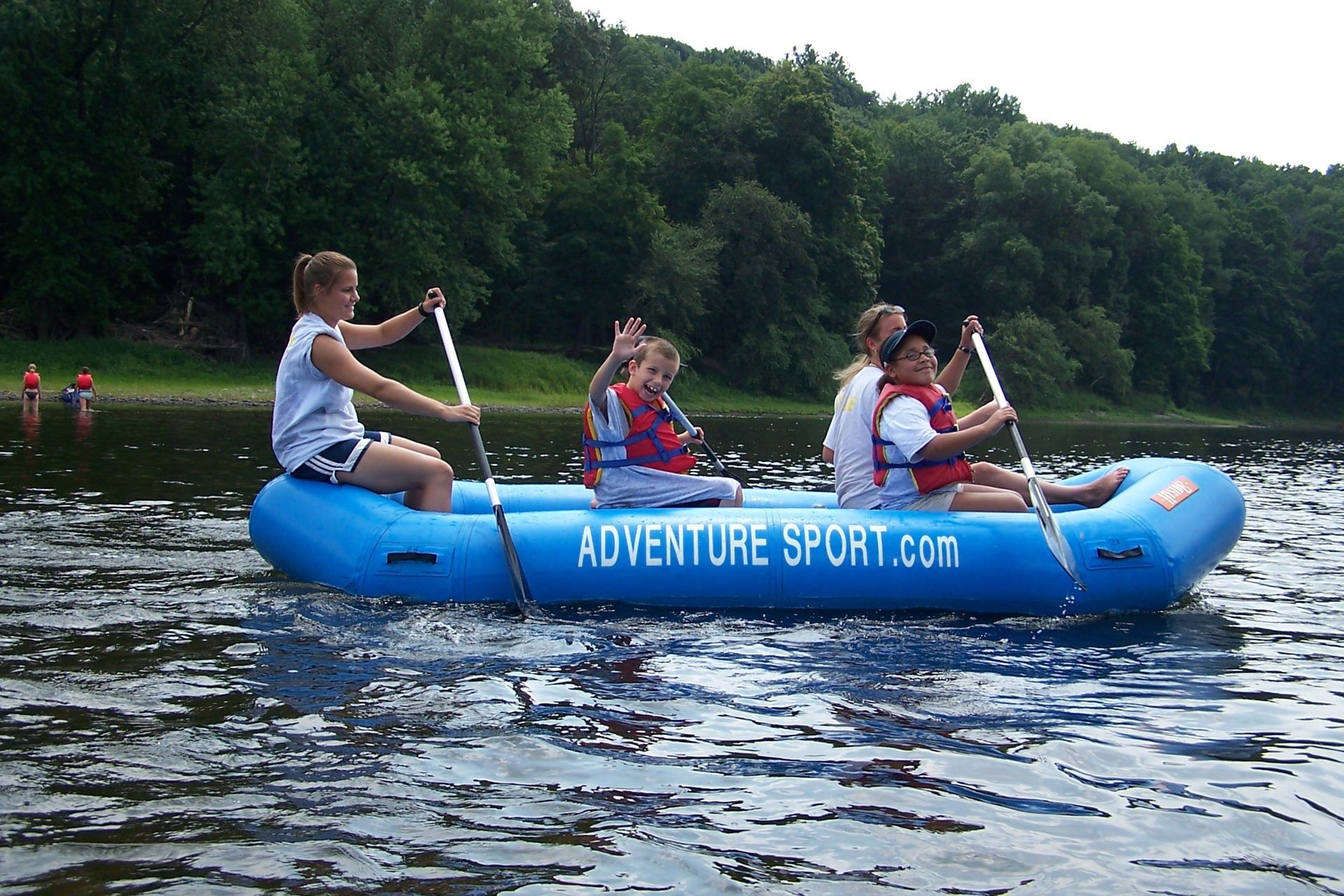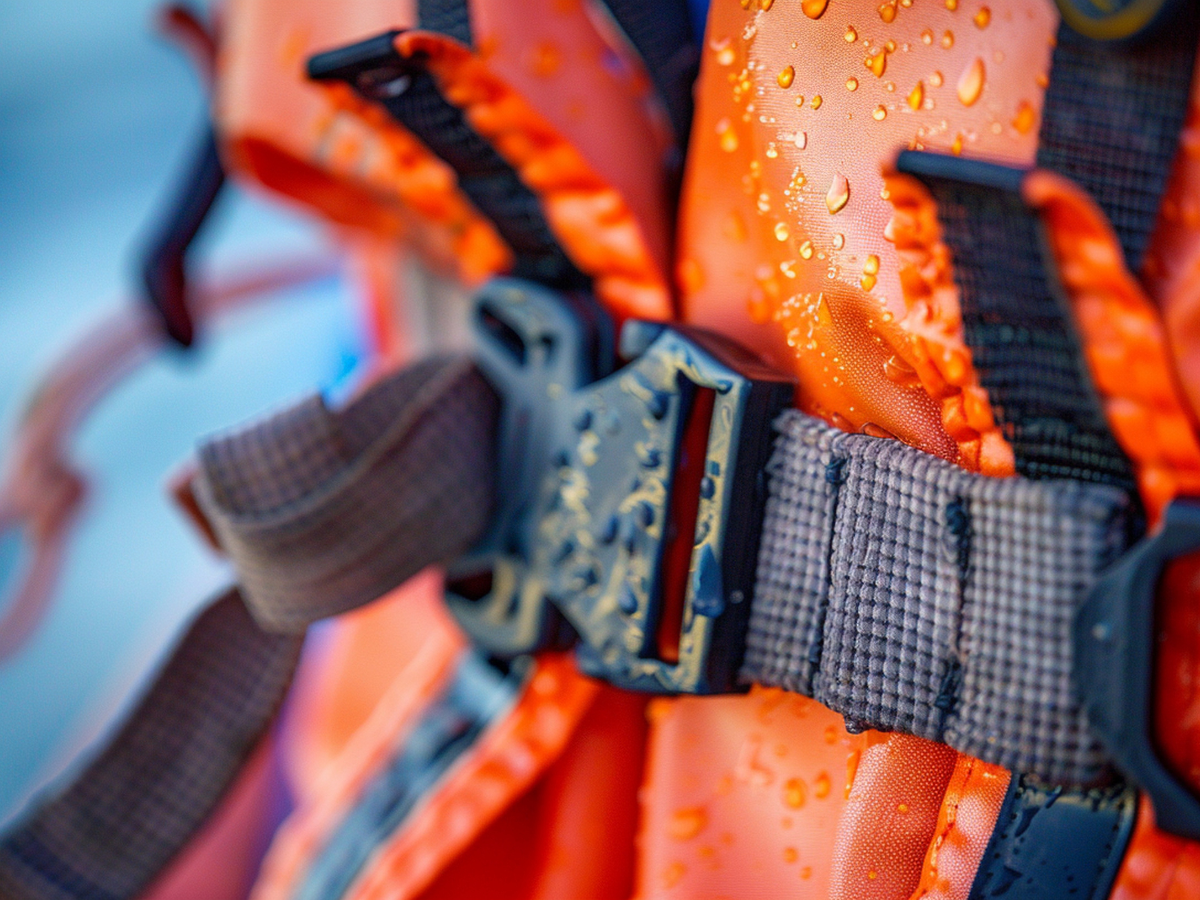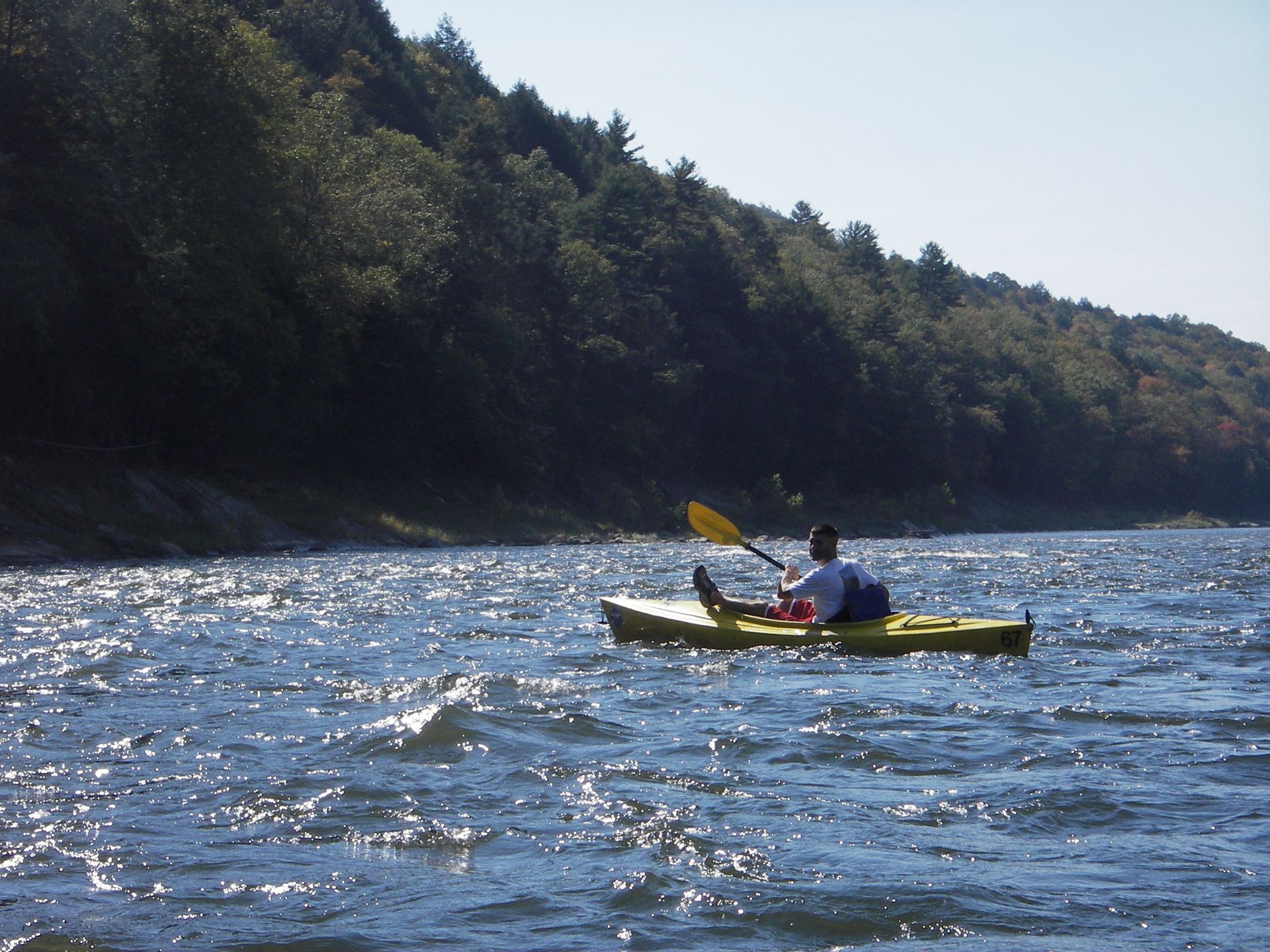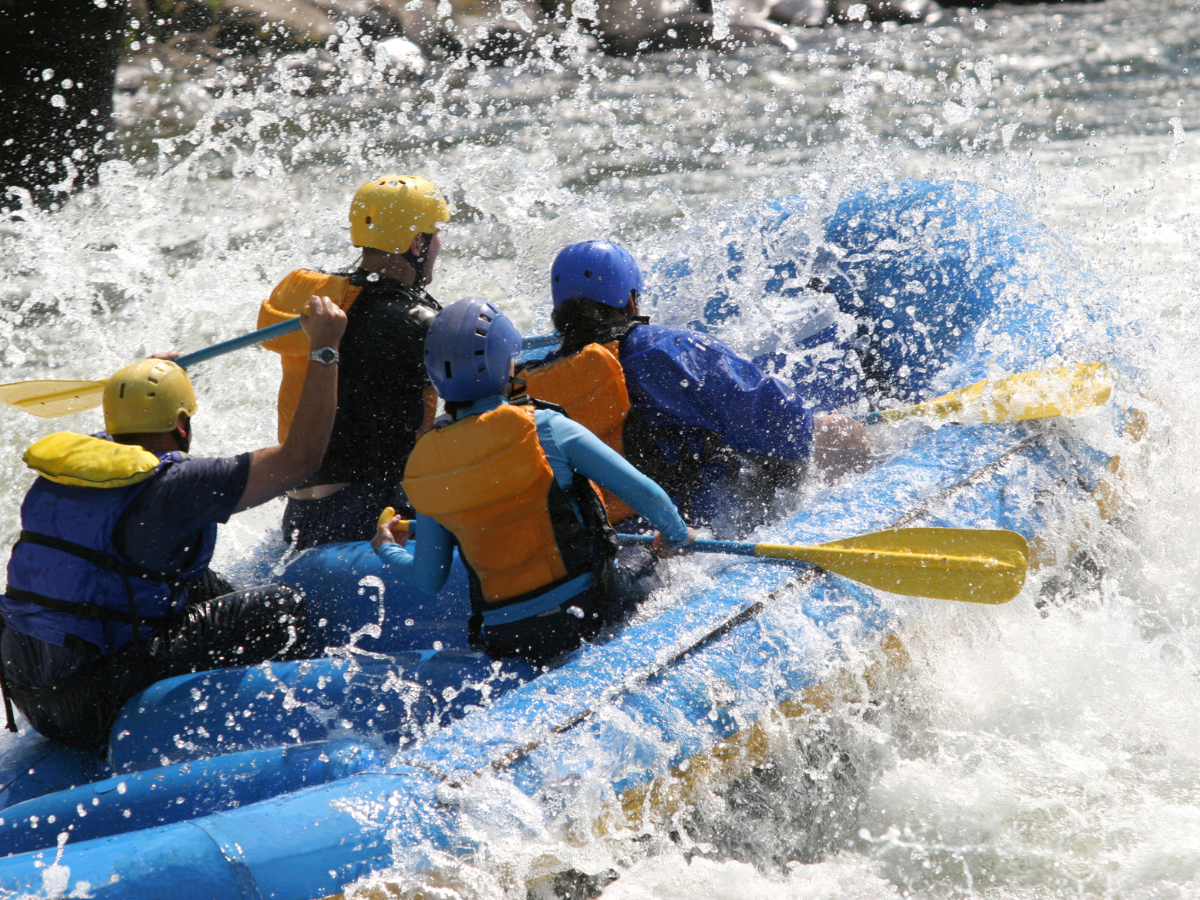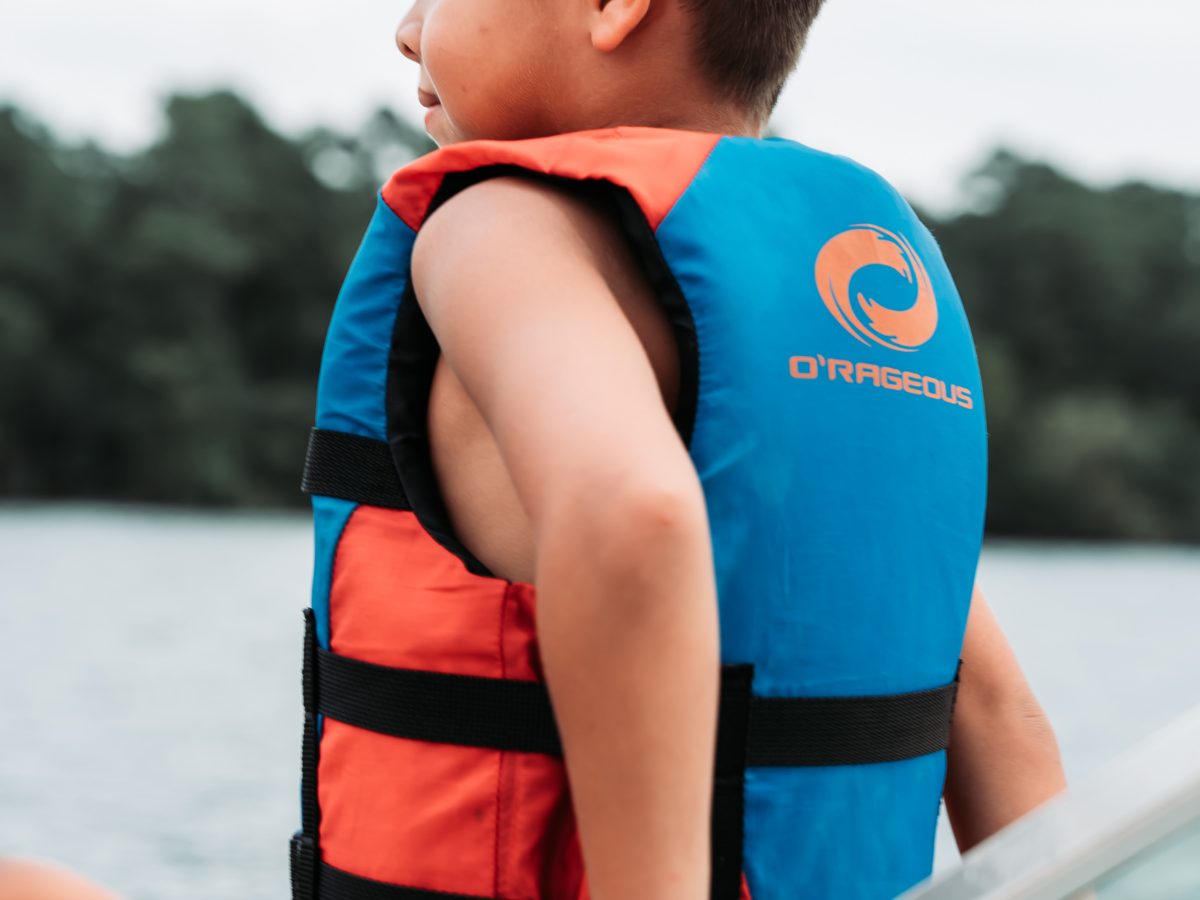What Are the Top Safety Tips for River Rafting?
River rafting is an exhilarating outdoor adventure that brings thrill-seekers closer to nature while navigating through rapids and calm waters alike. However, like any outdoor activity, it is essential to prioritize safety to ensure an enjoyable and secure experience. In this blog, we’ll explore the top river rafting safety tips that every adventurer should follow, whether you are a first-time rafter or an experienced paddler.
1. Always Wear a Life Jacket
Wearing a life jacket is the most important river rafting safety tip. Regardless of your swimming ability, a life jacket is crucial for keeping you afloat in fast-moving water. Make sure your life jacket is securely fitted and meets safety standards. It should fit snugly but comfortably, with straps properly adjusted to prevent it from slipping off in rough waters.
For added protection, choose a jacket that is designed for white-water rafting, as these are typically more durable and offer better buoyancy.
2. Understand the River Conditions
Before you set off on your rafting trip, it’s essential to familiarize yourself with the river's conditions. Rivers can vary in difficulty, and knowing what to expect can help you plan your trip accordingly.
For first-time rafters, start with easier rivers that are classified as Class I or II. These are ideal for beginners and allow you to enjoy the experience without facing extreme conditions.
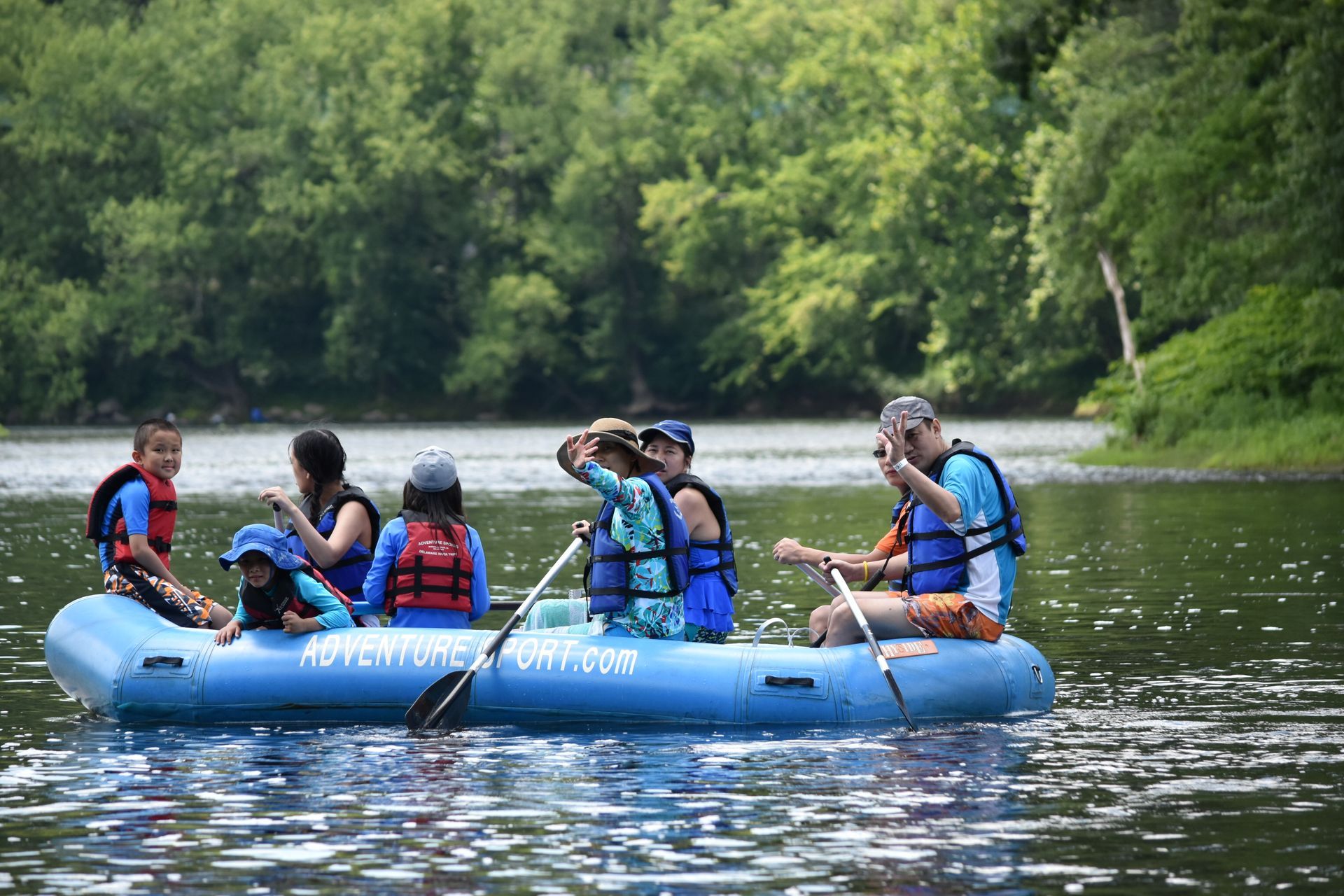
3. Always Use Proper Rafting Gear
Proper rafting gear is essential to your safety on the river. Aside from the life jacket, you should ensure you have the following:
- Helmet: Protects your head from rocks, branches, or other hazards in the water. It’s essential for navigating more challenging rapids.
- Paddle: A sturdy paddle that suits your body size and the type of rafting you're doing. It’s crucial for maneuvering the raft in different conditions.
- Footwear: Water shoes or sandals with secure straps are ideal for rafting. Avoid flip-flops, which can easily slip off in the water.
Make sure all gear is in good condition and specifically designed for white-water rafting to avoid any malfunctions during your trip.
4. Follow Instructions from Your Guide
If you're rafting with a guide, it is vital to listen carefully to their instructions before and during the trip. Guides are trained to handle various situations on the river, and their expertise can make a big difference in your safety. From paddling techniques to handling emergencies, following their guidance ensures you are properly prepared for the adventure ahead.
If you're rafting independently, make sure you’re familiar with basic rafting techniques and safety procedures before hitting the water. Consider taking a guided rafting course, especially if you're new to the sport.
5. Stay Calm During Rapids
When you approach rapids, it’s natural to feel a surge of excitement and even anxiety. However, staying calm and focused during rough waters is key to staying safe. Panic can lead to poor decisions, which could increase your risk of injury.
- Paddle with purpose and maintain control of your raft.
- Stay low in the raft during rough sections to lower your center of gravity and prevent tipping.
- If you’re thrown from the raft, stay calm and float on your back with your feet pointing downstream.
Always remember that staying calm helps you react more quickly to unexpected situations on the water.
6. Know How to Rescue Yourself and Others
Understanding basic self-rescue techniques is an essential skill for river rafting. If you or someone else falls out of the raft, it’s crucial to know how to respond:
- Self-rescue: If you fall out of the raft, try to re-enter the raft from the front, where it’s easiest. If that's not possible, swim to the side of the river where the current is weaker.
- Rescuing others: If a fellow rafter is struggling, communicate clearly and help them to the raft or a safe part of the riverbank. Never risk your own safety to rescue someone else unless you’re confident in your ability to assist.
For more in-depth rescue techniques, consider a white-water rescue course, which teaches essential skills for handling emergency situations.
7. Be Mindful of Weather Conditions
Weather can drastically affect river conditions. Before you embark on a rafting adventure, check the forecast and stay informed about potential weather changes. Heavy rain, thunderstorms, or rapidly rising water levels can turn a fun trip into a dangerous one. Be aware of sudden weather shifts that could increase water flow, creating more difficult and potentially hazardous conditions.
In some areas, rafting is only recommended during certain seasons when weather conditions are most stable. Check with local guides and outfitters to determine the best time to visit.
8. Don’t Forget About Hydration and Snacks
Rafting can be physically demanding, especially when navigating challenging rapids. Make sure to stay hydrated by drinking plenty of water and bring energy-boosting snacks like granola bars or fruits. Dehydration can affect your performance and judgment, making it more difficult to stay safe on the water.
9. Check Your Equipment Before You Go
Before getting on the water, double-check your raft, paddles, life jackets, and helmets to ensure they are in good condition. Regular maintenance of your rafting equipment ensures everything works as expected during your trip. If you are renting equipment, ask the outfitter about the condition of the gear and request a replacement if necessary.
Conclusion
River rafting is a thrilling activity, but it’s important to remember that safety should always come first. By following these essential safety tips, you can ensure an enjoyable, secure, and memorable adventure on the river. Whether you’re a first-time rafter or a seasoned pro, practicing safety, wearing the right gear, and listening to experienced guides are key components to a successful rafting trip.
Are you ready to experience the thrill of river rafting? Visit Adventure Sports today to book your rafting adventure or to learn more about the best safety practices on the water.
